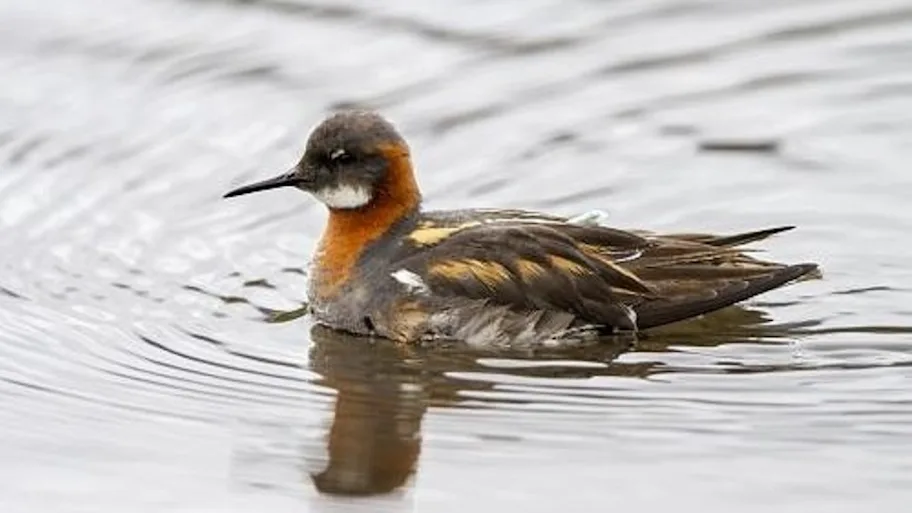
- Science News
- Featured news
- Big brains or many babies: how birds can thrive in urban environments
Big brains or many babies: how birds can thrive in urban environments
Researchers have found that birds can thrive in cities either by having larger brains or by breeding more often. Image: Shutterstock
-- by K.E.D. Coan, Frontiers Science Writer
A new study in Frontiers in Ecology and Evolution suggests that birds have two alternative strategies for coping with the difficulties of humanity’s increasingly chaotic cities – either by having large brains or through more frequent breeding.
Surviving in cities is so difficult that many bird species may be driven to extinction by the increasing urbanization of the world. But curiously, some birds cope, and even thrive, in these new environments. Understanding which species succeed and which do not has implications for conservation programs and also helps humans better understand which species they share their cities with.
Brain size and life-history interact to predict urban tolerance in birds► Read original article► Download original article (pdf)
“Cities are harsh environments for most species and therefore often support much lower biodiversity than natural environments,” explains postdoctoral researcher Dr. Ferran Sayol of the University of Gothenburg and the Gothenburg Global Biodiversity Centre in Sweden.
Co-author Dr. Alex Pigot of the University College London states, “the species that can tolerate cities are important because they are the ones that most humans will have contact within their daily lives, and they can have important effects on the urban environment within our cities.”
Many past studies have shown that birds with larger brains have a number of advantages. They can find new food sources and avoid human-made hazards better than smaller-brained birds. But researchers haven’t yet been able to explain why some species with small brains - pigeons, for example - also are able flourish in cities.
To understand what allows birds to adapt to urban life, Sayol and his colleagues analyzed databases containing brain and body size, maximum lifespans, global distribution and breeding frequency. They used existing databases and museum collections that contained details on more than 629 bird species across 27 cities around the world.
Their findings confirmed that brain size does play an important role, but it’s not the only path to success.
“We’ve identified two distinct ways for bird species to become urban dwellers,” explains Sayol. “On the one hand, species with large brains, like crows or gulls, are common in cities because large brain size helps them deal with the challenges of a novel environment. On the other hand, we also found that small-brained species, like pigeons, can be highly successful if they have a high number of breeding attempts over their lifetimes.”
Related: Birds avoid crossing roads to prevent predation
The second strategy represents an adaptation that prioritizes a species’ future reproductive success over its present survival. Interestingly, their research suggests that the two strategies represent distinct ways of coping with urban environments because birds with average brain size (relative to their body) are the least likely to live in cities.
Unsurprisingly, both strategies are less common in natural environments. Researchers are working to understand how these adaptations will change the behavior and structure of urban bird communities in the future.
Sayol’s study highlights that there are multiple strategies for adapting to urban habitats. When considering the impacts of our increasingly urban future on our wildlife neighbors, it will be important to consider both their reproductive strategies as well as their brain sizes.
“In our study, we found a general pattern, but in the future, it could be interesting to understand the exact mechanisms behind it, for instance, which aspects of being intelligent are the most useful,” says Sayol. “Understanding what makes some species better able to tolerate or even exploit cities will help researchers anticipate how biodiversity will respond as cities continue to expand.”
Original article: Brain size and life-history interact to predict urban tolerance in birds






